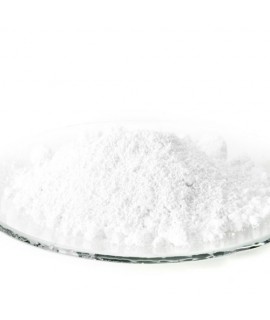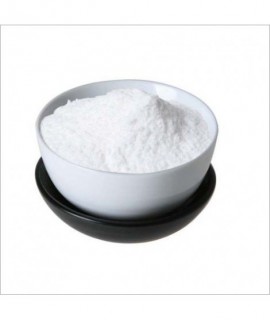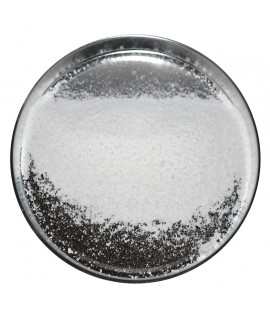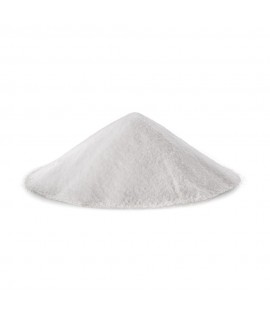Acids are chemical compounds that lower the pH value of a solution. The pH scale indicates the acidity or alkalinity of a solution and ranges from 0 to 14: the lower the value, the stronger the... Acids are chemical compounds that lower the pH value of a solution. The pH scale indicates the acidity or alkalinity of a solution and ranges from 0 to 14: the lower the value, the stronger the acid. Acids dissociate in solutions, releasing hydrogen ions (H⁺), which determine the acidic medium. Acidity can be determined with indicators, for example, litmus, which changes color in an acidic environment.
Acids are divided into two main groups: inorganic and organic. Inorganic acids, such as sulfuric acid (H₂SO₄) or hydrochloric acid (HCl), are most commonly used in industry and laboratories. Organic acids have a carboxyl group (–COOH) and occur naturally, often being used in the food and pharmaceutical fields. For example, acetic acid (CH₃COOH) is often used as a preservative.
Properties and Significance of Acids
The strength of acids depends on how easily they dissociate in water and release H⁺ ions. Strong acids, such as HCl, dissociate almost completely in a solution. Weak acids, like CH₃COOH, dissociate only partially, so their pH is higher.
Acids are important in many fields – from chemistry and biology to food technology and pharmaceuticals. They participate in various processes: from controlling reactions to stabilizing products, making them indispensable in both laboratory and industrial systems.
Read more... 










